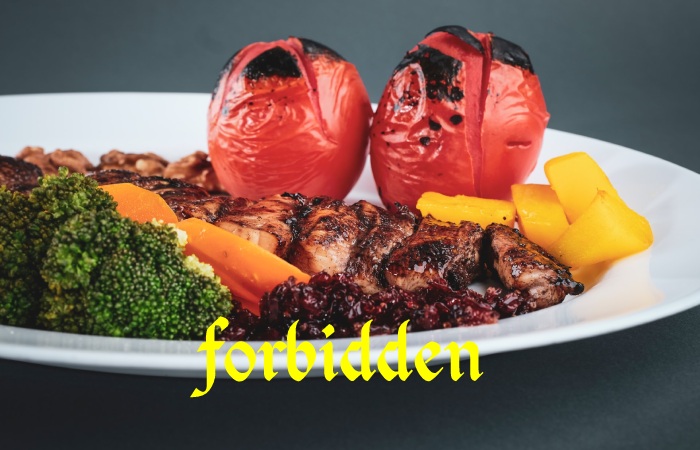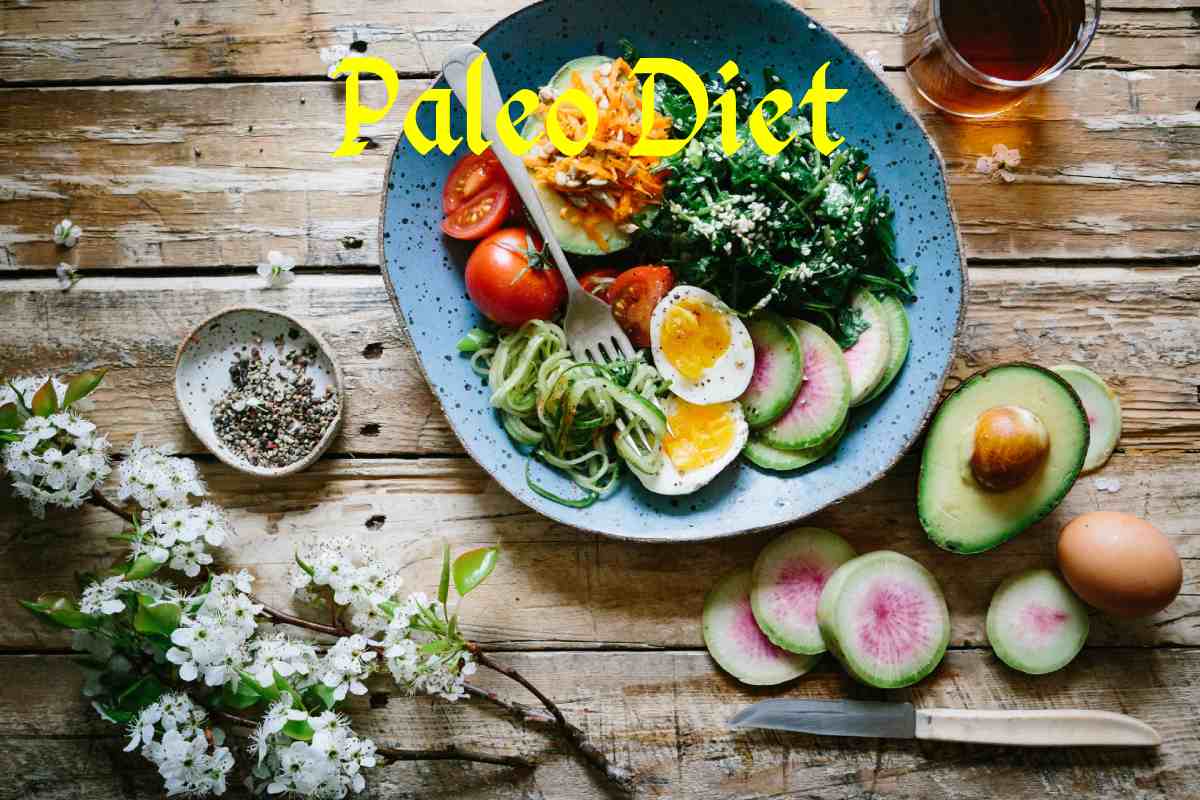“Paleo” means Paleolithic, the old Stone Age. So the idea behind the Paleo diet is to eat like the people of the Stone Age, that is: as naturally as possible, without grains, without legumes, without dairy products. This stone-age diet is not a diet in the traditional sense. Instead, it is a diet designed to keep you healthy minerals. Learn how the Paleo diet works here.
Table of Contents
What’s the Paleo diet?
In the 1970s, the gastroenterologist Walter L. Voegtlin coined the term Stone Age diet fish, meat and eggs instead of grain and sugar: The proponents of the Stone Age diet Pierre assume that people today do not eat “species-appropriate”. Our digestive tract is still adapted to the Stone Age diet (Paleo diet). In the fans’ opinion, this is an entirely natural diet.
The Paleo diet eats what hunter-gatherers had available to them or what comes closest. The goal is usually not to lose weight but to eat healthily.
These foods are allow on the Paleo diet
The Stone Age Diet includes:
- unprocessed meat (game, poultry) and fish
- vegetables
- eggs
- salad
- nuts
- plant
- (animal fat
- homemade nut drinks
- Fruits (especially berries)
These foods are forbidden on the Paleo diet

Modern, processed foods are not part of the Paleo diet. Legumes are also banned as they are made up of short-chain carbohydrates that are difficult to digest.
Against milk, Paleo advocates argue that diseases like lactose intolerance and allergies draw attention to the fact that humans weren’t made for it. Grains such as wheat or rye were first grown by modern societies.
Here is a selection of foods that are off-limits to the Stone Age diet:
- sugar
- processed foods such as ground beef or sausage
- Grain products such as bread and pasta
- Pseudo grains like amaranth and quinoa
- legumes
- Durum wheat products (bulgur, couscous)
- vegetable fat
- ready meals
- Limited amount of fruit (due to sugar content)
- milk and milkproducts
- coffee
- alcohol
- Note fatty acid ratio (less omega-6 fatty acids, more omega-3 fatty acids to prevent inflammation and insulin resistance)
This is how the Paleo diet works
In general, a gradual introduction to the Paleo diet is recommend. You can implement the changes gradually. If you wish, you can usual aside a specific time to try to live the principles of the Stone Age diet. Nico Richter, author and one of the first representatives who popularized this form of nutrition in Germany, recommends a test phase of 30 days, for example.
Many traditional foods on the plate today are being taken off the market – such as bread, pasta and yoghurt. On the other hand, an ideal Paleo meal consists of lots of vegetables, protein (eggs, fish, meat), sufficient fat, and possibly fruit.
For example, a Paleo breakfast might consist of fruit salad and scrambled eggs. At lunchtime there are peppers stuffed with minced meat, in the evening there is fish with vegetables. Paleo-friendly snacks include fruits or nuts.
Attention is paid to quality, and industrial animal husbandry is frown upon when it comes to meat.
That brings the Paleo diet
Since sugar and grains, including white flour, are banne, weight loss is quite likely on the Paleo diet. A two-year study compared to a Nordic Nutrition Recommendation (NNR) diet: During the first six months, body fat decreased sharply in both groups, especially on the Paleo diet. However, this difference fell after that (after 24 months). The waist circumference of the participants decreased due to the Paleo diet, especially after six months.
However, in a study with just a few participants, blood lipid levels (total cholesterol, LDL, triglycerides) were significantly lower in participants in a paleo diet group than in a control group, and HDL increased. Other studies have also found an improvement in glucose and lipid levels.
The high protein content of the Stone Age diet is also considere beneficial: according to studies, a protein-rich diet helps you lose weight because the feeling of satiety lasts longer.
The other components of the Paleo diet, i.e. lots of vegetables, fruit, nuts, seeds and mushrooms, are also nutritionally healthy. Another advantage: Conscious nutrition handling leads to more conscious handling of food and thus to a particular learning effect.
Many people who try the Paleo diet also hope to encounter diseases like eczema, allergies or others. There are also a few success stories. So far, however, there is no scientific sign of such an effect.
If you have lactose or gluten intolerance, there are no restrictions on the Paleo diet.
Risks of the Paleo Diet
There are no health risks associate with the Paleo diet – as long as you don’t overeat meat. Then there is a risk of uric acid building up in the body, which can lead to kidney stones or gout in the long term. It is also necessary to monitor iodine intake: the lack of salt and dairy products leads to a decrease in iodine concentration. Experts, therefore, advise followers to take iodine. The trace element is essential for the production of thyroid hormones.
But even if the Paleo diet is not generally unhealthy, it is questionable whether one leans more towards the diet of people who, on the one hand, were much more active than we are today and rarely lived to be older than 40 years – apart from avocado or an apple looks and tastes very different today than it did in the Stone Age. From a technical point of view, given to the theory of evolution, a diet is unnecessary.
The argument of Paleo advocates that humans have not yet genetically adapted to “new” things is not tenable on closer inspection. On the contrary: According to studies, the human genome has changed even faster over the past 10,000 to 20,000 years and adapted to new forms of nutrition.
Take milk, for example: Originally, humans could only digest lactose in the first few years of life. After weaning, they lost this ability. However, the situation changed when people started raising cows. A genetic mutation has spread over a relatively few generations, causing the body to continue producing lactase, an enzyme that disruptions down milk sugar, even after weaning.
Paleo Diet: Conclusion
If you want to lose weight, you will do so because you can avoid fast food, pizza, white flour and sugar and eat fish and vegetables instead, thanks. It makes sense to eat as naturally as possible.
But: The drastic change necessary requires the will, the time and the money to buy high-quality food and prepare it according to rules. Above all, muesli – especially bread rolls or pasta dishes – is challenging to do without.
People with food intolerances (they haven’t noticed yet) can benefit from the Paleo diet. However, the Paleo diet is not a universal recommendation.
Also Read:- vitamins they are so important for the body

